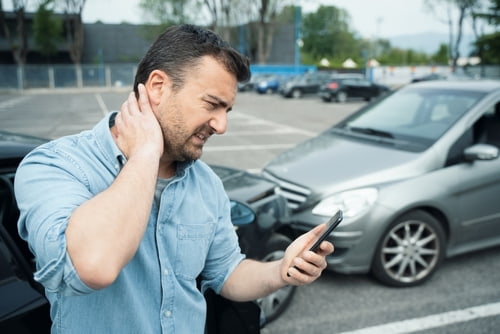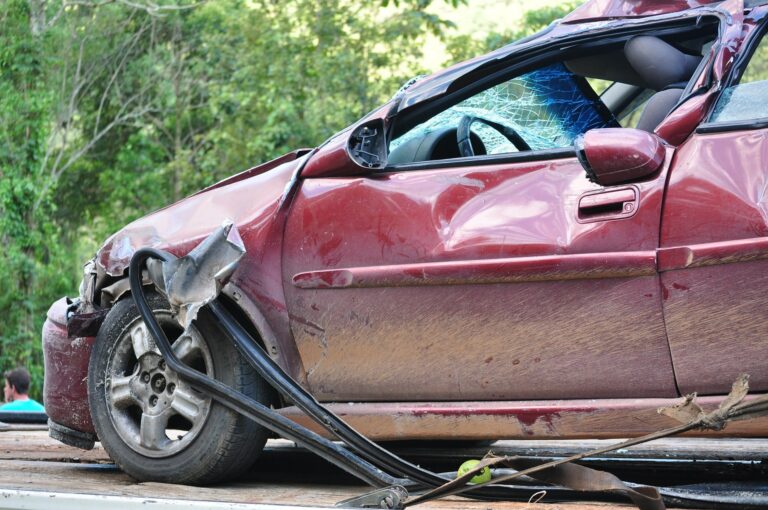A local burglary suspect is in custody following a reckless high-speed police chase that involved possible injury to his infant son and a female passenger.
Investigators believe that Joe Malcom was involved in a December armed robbery at a local apartment complex; during the melee, 4-year-old bystander Jaquavious Landers was caught in the crossfire between police and the robbers, and hit by a wayward bullet. He was rushed to the hospital but is expected to survive. Several days later, Sheriff’s deputies cornered Mr. Malcom in his vehicle, and pursued him at a very high rate of speed as he attempted to evade capture. Mr. Malcom’s car eventually crashed, but by the time officers closed in, he had fled the scene on foot. His 1-year-old son and a female passenger were still in the car.
Mr. Malcom, who was apprehended nearby, now faces a growing litany of charges, including cruelty to children.
High Speed Police Chases
Each year, these incidents kill more people than hurricanes, tornadoes, and floods combined. That number is probably vastly underreported, because all the statistics are self-reported and peace officers are hesitant to “tell on” their colleagues; moreover, the category is defined very narrowly.
The above incident is also an aberration, because 91 percent of police chases are related to a non-violent offense.
Obstacles to Recovery
Officers have a great deal of leeway in these matters, from both a legal and practical standpoint. Sovereign immunity extends well belong the privilege to disregard speed limits and traffic control signals, but this immunity is not unlimited.
Similarly, juries often hesitate to conclude that officers crossed the line, even when faced with seemingly clear evidence of misconduct. This dynamic is especially present in conservative, semi-urban areas, like Fayette County. However, like their legal immunity, this practical immunity is also not unlimited.
Theories of Recovery
Some chases involve a reckless disregard for the safety of others. While no officer will ever admit this is the case, extreme recklessness can be established through circumstantial evidence, like:
- Time and Location: Did the chase occur in the middle of the night on an isolated stretch of rural freeway or during rush hour in a crowded urban area?
- Nature of Offense: As stated earlier, this factor nearly always favors the plaintiff, because many chases involve DUI suspects and even speeders.
- Proximity: Were the officers in “hot pursuit” or did they simply observe the suspect vehicle? Some research indicates that suspects quit running if the police break off their pursuit.
Other departments have a written policy in place concerning car chases. DeKalb County, where the above chase took place, restricts chases if it is “apparent that innocent persons would be endangered.” Violation of such a policy is evidence of negligence.
Reckless and pointless high speed police chases injure or kill thousands of people. For a free consultation with an aggressive Fayetteville personal injury attorney who fights for victims, contact the Wade Law Firm. We do not charge upfront legal fees in a personal injury case.









